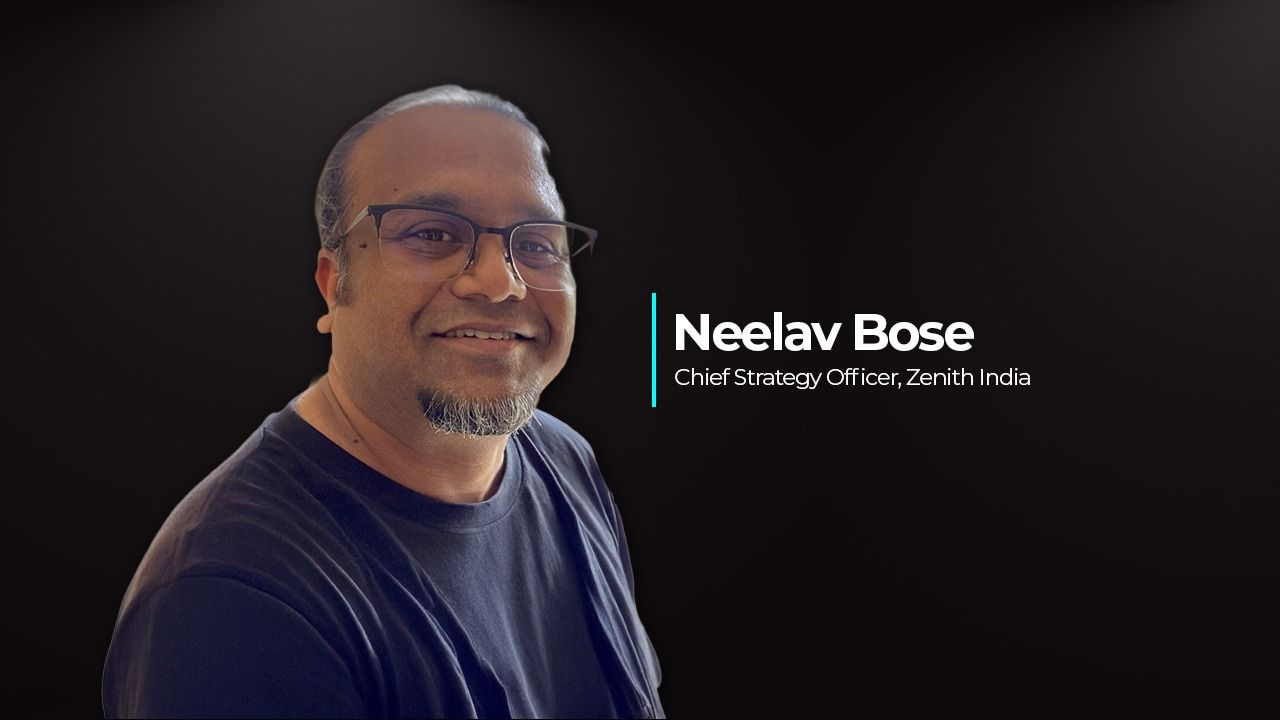Advertising in 2030: Five bold predictions on how AI will reshape the industry

By 2030, India won’t just be a digital-first economy, it will be an AI-native one. As Indians come online through 6G networks, wearable devices, neural interfaces, and smart ambient tech, advertising will evolve beyond recognition. Campaigns will no longer be planned, they’ll be co-created in real-time, across every human sense and screen.
Here are five bold predictions on how artificial intelligence will radically transform the Indian advertising landscape by 2030:
1. Emotion-aware, contextual advertising
While targeting by ‘behaviour’ is seeing green shoots as we speak, by 2030 ads will respond to how you feel, not just who you are or what you do.
AI will read facial micro-expressions, voice tone, and biometric signals from wearable tech to assess mood in real time.
For Indian consumers navigating busy urban lives, this “emotionally intelligent advertising” will deliver empathy at scale, across languages, regions, and contexts.
Implication: Marketers should start thinking in moods and moments, not just segments and screens.
2. The rise of AI-influencers and virtual brand ambassadors
The biggest influencer in 2030 may not be human.
We’ll see a huge surge of hyper-realistic AI avatars, some powered by real celebs, others entirely synthetic, interacting with users on social platforms, OTTs, and even holographic billboards. These AI personas will speak in perfect vernacular languages and respond to comments in real time, and adapt their tone for each micro-community.
India’s film and cricket icons may license out their AI twins, making 24/7 fan engagement possible even while they sleep.
Implication: Influencer marketing will shift from talent management to algorithm management. Creators and brands will co-own AI-generated personalities.
3. Neural interfaces and multi-sensory brand experiences
By 2030, the real breakthrough will be brain-computer interfaces (BCIs), and brands will ride this wave.
Imagine a future where you browse an immersive ad for a travel brand, and instead of watching a video, your brain directly feels the crisp air of the mountains or smells the spice of the cuisine. Sensory-rich, AI-driven advertising will tap into neural feedback loops, personalising experiences on a subconscious level.
Implication: Creative strategy will move beyond visuals. Brands will design for the brain, not just the screen.
4. Autonomous marketing systems
By the end of this decade, most brands will deploy autonomous marketing engines, AI agents that plan, create, test, and optimise campaigns with little to no human intervention.
These self-learning systems will monitor real-world signals, from inventory data to cultural trends to footfall heatmaps, and autogenerate campaigns within minutes. Media buying will be fully autonomous, adjusting budgets dynamically between broadcasts, voice search queries, and CTV apps.
Implication: Strategy teams will evolve into “AI conductors,” responsible perhaps for ethics, bias checks, and brand consistency across self-driven executions.
5. Consent-first advertising
In a world of algorithmic abundance, the rarest currency will be trust.
By 2030, Indian consumers, empowered by data ownership laws and digital wallets, will allow brands to advertise only when invited. Personalisation will be opt-in, value-based, and reputation-driven.
Ad targeting will be powered by zero-party data, shared willingly by users in exchange for real value.
Implication: Winning brands will be those that treat data with reverence. Consent will be the new currency of relevance.
From campaigns to conversations
India in 2030 won’t be watching ads, it’ll be interacting with them.
Advertising will become ambient, conversational, and ironically deeply human and AI will make it all possible.
In other words, “the next revolution will not be televised and certainly won’t be entirely human !”
This article is penned by Neelav Bose, Chief Strategy Officer, Zenith India.
Disclaimer: The article features the opinion of the author and does not necessarily reflect the stance of the publication.
News